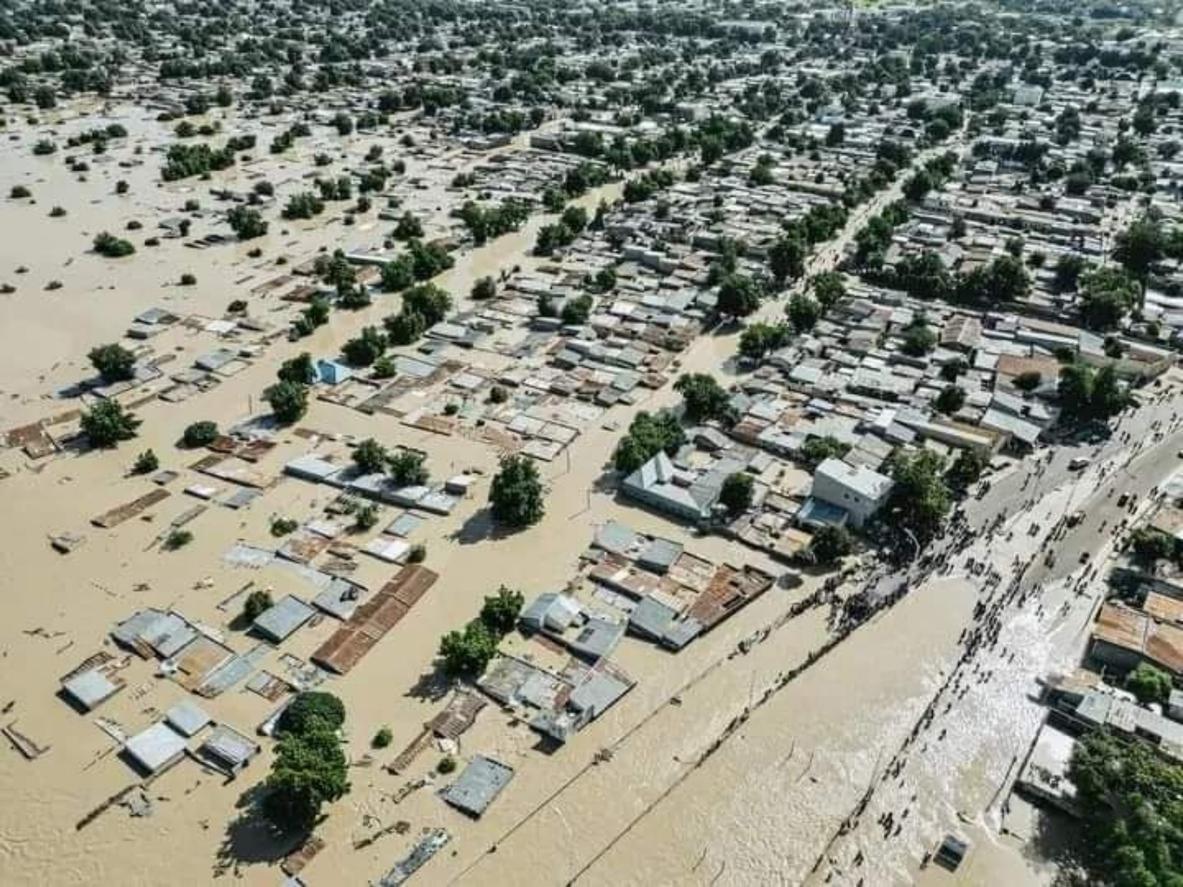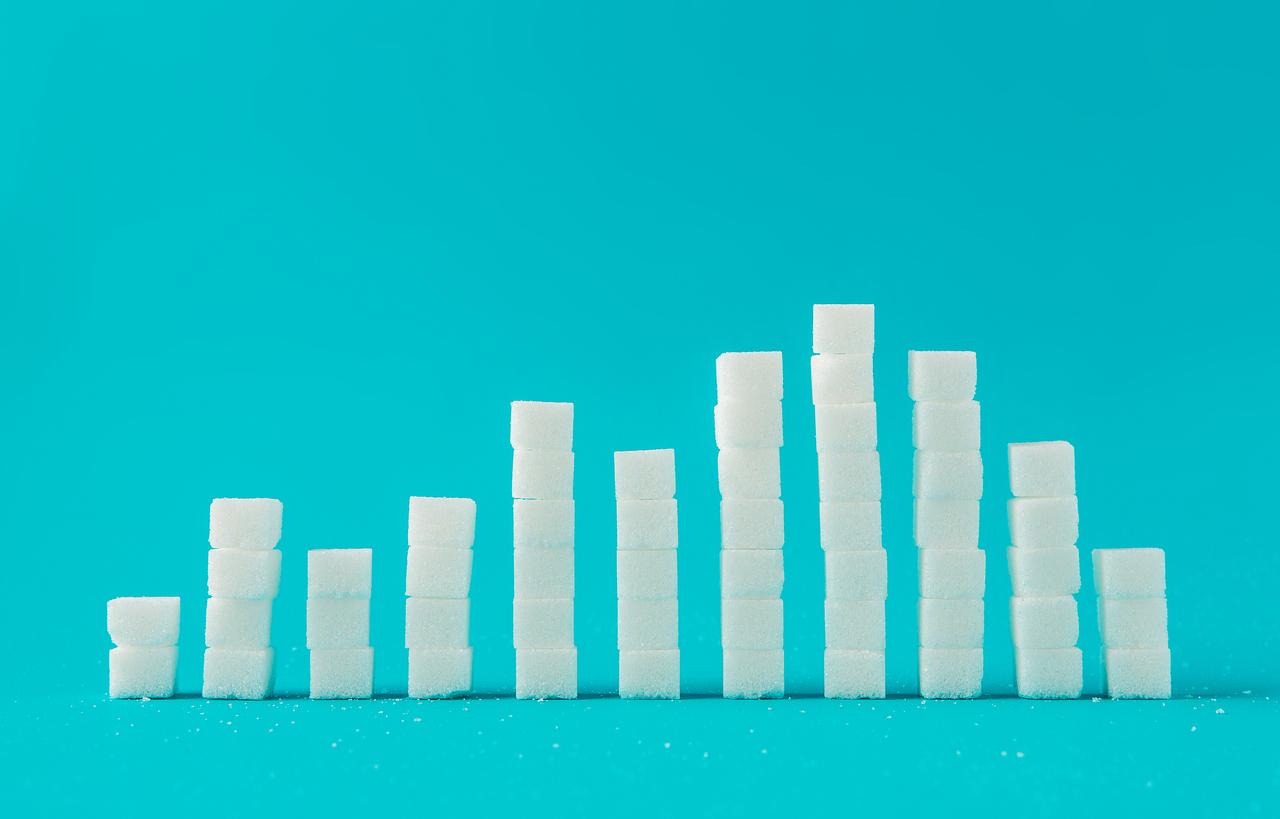THE PFAS – per- and polyfluoroalkyl substances nicknamed “eternal chemicals” – are part of our daily lives, without us really knowing it. In food packaging, clothing, cosmetics, in water or even in the air… They are ubiquitous, but unfortunately not without health risks.
On February 23, a investigation conducted by 17 media – including The world And The Guardian – has, for the first time, produced a European map of sites contaminated by these eternal pollutants, but also those suspected of being so. In total, 17,000 sites are said to be contaminated in Europe, of which 2,100 have levels dangerous to health.
Why are these pollutants eternal?
PFAS are “a family of thousands of chemicals, approximately 12,000 at last count, which are prized for their indestructible and non-stick properties“, says the Guardian. They have been used since the 1960s in many objects, including kitchen utensils (non-stick pans) and fire-fighting foams.
These chemicals can put tens of thousands of years to decompose in the environment, which explains why the load of PFAS in our soils or our rivers accumulates. Even though some of these substances are banned, “they are almost indestructible and remain very long in nature and therefore in living organisms”says Francesca Mancini, a researcher at Inserm, at BFM TV.
Where are PFAS found in France?
Called the “Forever Pollution Project”, the survey wanted to list the most contaminated places in Europe. “According to our conservative estimate, Europe has more than 17,000 contaminated sites at levels that require the attention of public authorities (above 10 nanograms per litre). Contamination there reaches levels considered dangerous for health because the experts we interviewed (more than 100 nanograms per litre) in more than 2,100 hotspots”noted The world.
What are the most affected places in Europe? A Norwegian lake, the Blue Danube and regions (mainly in Germany) around chemical basins are among the most contaminated. But France is not spared: five PFAS production plants have been identified, out of the 20 in Europe, and are mainly located south of Lyon : Arkema, Daikin, Chemours and Solvay. “Next comes the United Kingdom with three sites, Italy (two), then Poland, Spain, the Netherlands and Belgium (one).
“Eternal pollutants”: explore the European map of PFAS contaminationhttps://t.co/qVHxZRn3Qhpic.twitter.com/XJoBTyTQbG
— Joel Mariteau (@James_Tib_Kirk) February 23, 2023
It finally results that very few places are spared by these chemical products. “Rare, now, are the places spared by this omnipresent contamination still largely unknown to the public, including the most intimate like our own bodies.concludes the French daily.
What are the health risks ?
PFAS are considered to be endocrine disruptors. They accumulate in the body and can thus interfere with hormonal organisms: they can be linked to obesity, cholesterol, hormone-dependent cancers (testicles, kidneys, etc.) or even reduce the immune response to a vaccine.
These eternal substances can also have a impact on fertility and fetal development during pregnancy.
The health authorities of several countries including Germany, Denmark or Norway submitted a project in mid-January aimed at banning these components at the European Chemicals Agency, a project supported by France.


















